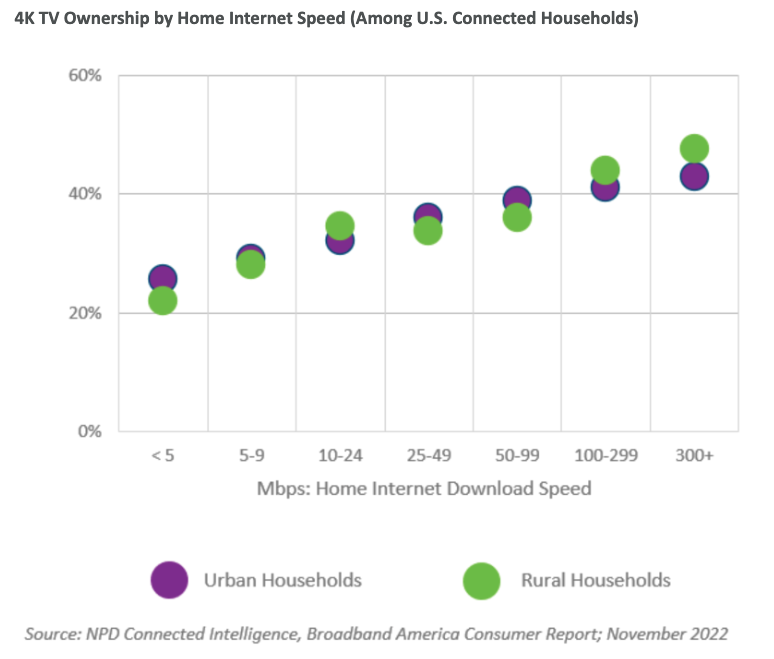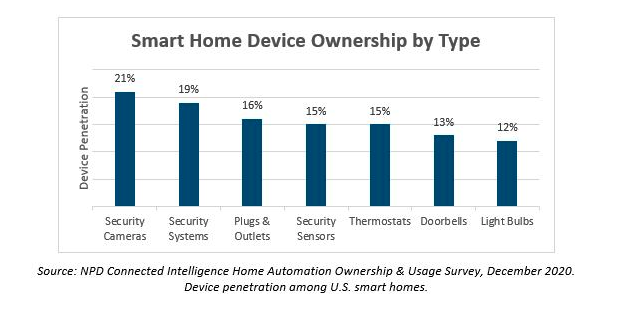75% of U.S. households subscribe to an ad supported SVOD service
CHICAGO, May 15, 2024 – The streaming video market is looking more and more like the advertising supported TV channel bundles of the 1990s. In the past six months, Subscription Video-on-Demand (SVOD) services experienced a subscriber migration to ad-tiers as the price gap to get ad-free viewing increased by 52%, according to Circana. In fact, 75% of U.S. households now subscribe to at least one advertising supported SVOD service – up from 55% just six months ago.
New findings from Circana’s TV Switching Study, which analyzes viewers’ TV service engagement and future intentions, also showed a significant uptick in the usage of Free Ad-Supported Streaming TV (FAST), which includes platforms such as The Roku Channel, Tubi TV, Pluto TV, and Freevee. The incidence of using a FAST service increased by two percentage points in the past six months and 11 percentage points in the past three years, now representing 60% of viewing homes. This translates to a daily audience reach of 19.7 million U.S. households. All FAST services tracked experienced an increase in usage over the past six months. Notably, the number-one reason viewers cited for trying or increasing usage of a FAST service was the availability of TV shows they wanted to watch.
As costs increase and viewers migrate to lower cost and free ad-supported TV services, they are also reporting positive perceptions of SVOD bundles. Among those that subscribe to a bundle of SVOD services, nearly half (49%) see it as a good way to save money and 45% would like more customizable bundled options available.
“Cost management is playing a prominent role in consumers’ TV consumption decisions, and this focus is bolstering the proliferation of ad-supported TV,” said John Buffone, vice president and media entertainment industry advisor at Circana. “This behavior presents significant opportunities for advertisers as these audiences are poised to scale rapidly. And this suggests the industry will reap the rewards of recent and upcoming strategies to bundle SVOD services, even when bundling with competitive platforms.”




